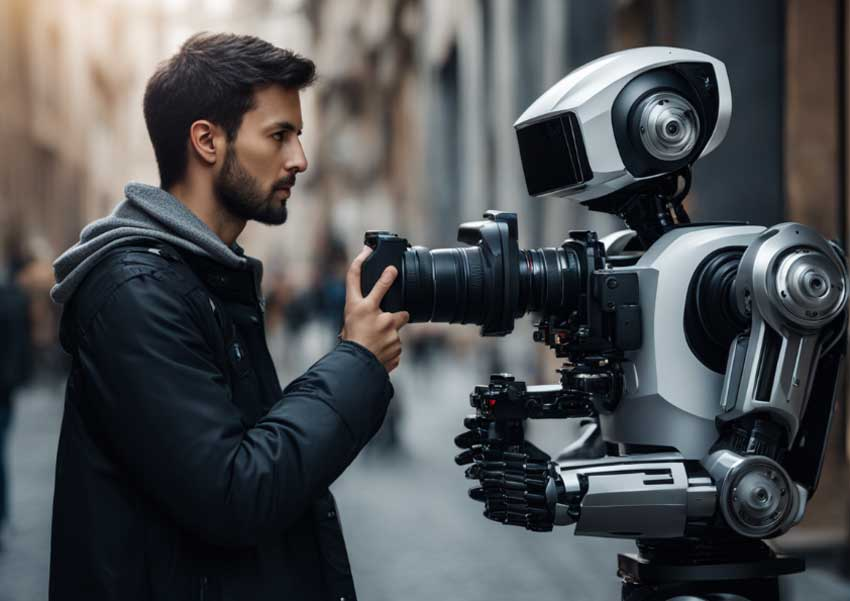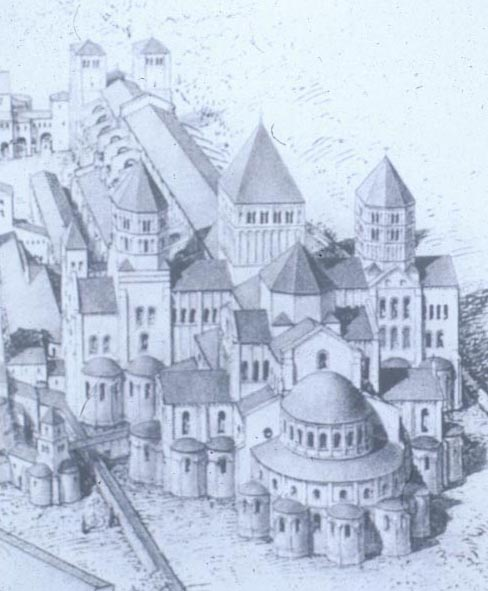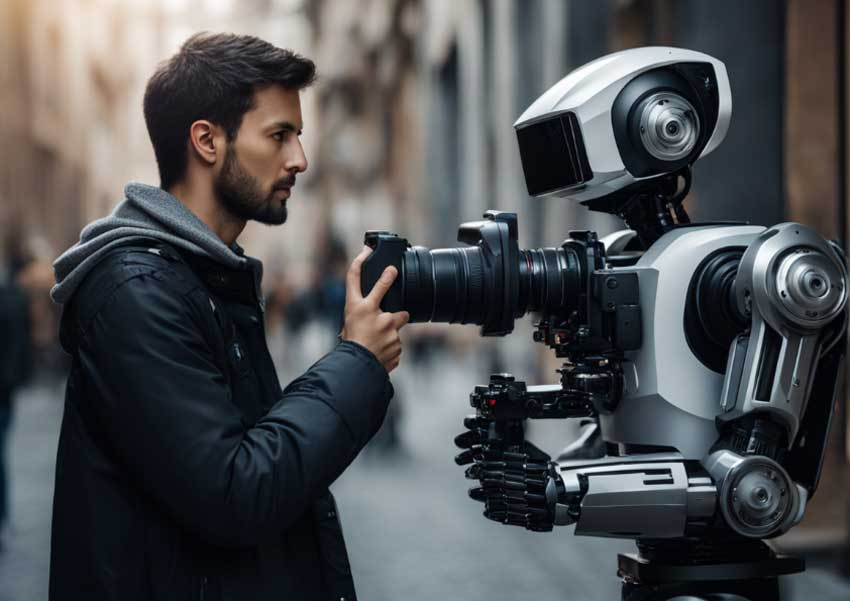AI in photojournalism stands at the crossroads of innovation and tradition, posing both challenges and opportunities for the industry. As artificial intelligence continues to evolve, its potential to enhance photojournalism technology offers a glimpse of a future where visual storytelling can be preserved and enriched. Industry expert Kira Pollack emphasizes the importance of harnessing AI not just for creative purposes but also for the crucial task of photo archives preservation. Amidst concerns regarding the impact of AI on journalism, Pollack’s work reveals how this technology can act as a safeguard for the visual history documented by photojournalists throughout the years. By integrating AI into the archival process, photojournalism can adapt, ensuring that authentic narratives and images remain accessible to future generations.
The intersection of technology and visual storytelling reveals a fascinating landscape where artificial intelligence reshapes the fabric of photojournalism. In this evolving domain, innovative tools facilitate the documentation and preservation of critical visual records that capture the essence of historical events. Kira Pollack, a prominent figure in this field, advocates for the responsible use of AI to enhance photo archival systems while addressing pertinent issues of trust and authenticity. With the rise of photojournalism technology, there is incredible potential to reimagine how images are cataloged and contextualized, enabling deep dives into historical narratives. As discussions around the future of photography unfold, understanding the role of AI in preserving journalistic integrity remains vital.
The Intersection of AI and Photojournalism
In recent years, the advent of artificial intelligence has sparked discussions about its dual role in the realm of photography. On one hand, AI represents a potential threat to traditional photojournalism, blurring the lines between authentic content and synthetic images that challenge the viewer’s perception of reality. However, as Kira Pollack suggests, this same technology might offer innovative solutions to preserve the rich visual history documented by photojournalists. By understanding AI’s potential to enhance photo archive preservation, the industry can benefit from a renewed commitment to documenting and maintaining the integrity of our collective visual narratives.
Pollack’s exploration into the application of AI to preserve photo archives indicates a critical step towards safeguarding the extensive collections amassed by photojournalists over decades. With the possibility of utilizing AI to intelligently catalog images, make them more accessible, and ensure they are ethically managed, there arises a unique opportunity to enhance the value of these archives. This intersection between technology and photojournalism could pave the way for securing the legacy of significant historical moments captured through the lens, ensuring that the narratives within these photos are accurately conveyed to future generations.
Kira Pollack’s Vision for the Future of Photojournalism
Kira Pollack, with her extensive background in photojournalism, embodies a visionary approach to the challenges faced by the industry in the era of artificial intelligence. Her fellowship at the Shorenstein Center serves as a platform to explore critical questions surrounding the use of AI in photography. By engaging with experts across various disciplines, Pollack aims to balance the potential benefits of technology with the ethical concerns it raises, particularly regarding the integrity of visual truth and the preservation of authorship. Her approach emphasizes the need for responsible innovation in the face of rapid technological advancements.
The intersection of Pollack’s work and AI technology fosters an environment ripe for discovery within the photojournalism landscape. As the industry grapples with issues related to copyright and the erosion of trust in visual representations, her research aims to highlight AI’s role not as a replacement for human decision-making but as a tool for enhancing the storytelling capabilities of photojournalists. The future vision that Pollack advocates for is one where the integrity of photojournalistic work is preserved while also leveraging technological advancements to maintain a current and comprehensive visual record of our society.
Frequently Asked Questions
How is AI impacting the future of photojournalism technology?
AI is significantly transforming photojournalism technology by enhancing image processing capabilities and offering new ways to analyze and interpret visual data. Kira Pollack highlights that while AI poses threats to authenticity through the creation of synthetic images, it also holds potential for safeguarding photojournalism by organizing and preserving vast archives of images that document historical events.
What role does artificial intelligence photography play in preserving photo archives?
Artificial intelligence photography is becoming crucial for preserving photo archives as it can efficiently catalog and organize large collections of images. Kira Pollack’s research illustrates how AI can assess the emotional and contextual elements of photographs, ensuring that vital historical records are not lost and making them more accessible for future generations.
Can AI help in the ethical preservation of photojournalism archives?
Yes, AI can play a key role in the ethical preservation of photojournalism archives by providing tools that catalog images without compromising the rights of the original creators. Pollack emphasizes the importance of using AI responsibly to enhance the discoverability and organization of historical photographs while respecting the photographers’ legacy and intent.
What are the benefits of using AI in photojournalism research?
The benefits of using AI in photojournalism research include the ability to analyze complex visual narratives and extract nuanced insights from images. As demonstrated in Kira Pollack’s case studies, AI can provide detailed assessments of photographs, helping to contextualize their significance and ensuring that photojournalism’s rich history is preserved for future reference.
How does AI threaten photojournalism, and how can it be mitigated?
AI threatens photojournalism primarily through the creation of deepfake images and unauthorized use of photographers’ work for training AI models, leading to concerns over copyright and trust. Mitigation strategies include using AI for preservation and organization of authentic archives while enforcing copyright protections and fostering dialogue among technologists and journalists to navigate ethical challenges.
What insights does Kira Pollack hope to gain from her research on AI in photojournalism?
Kira Pollack hopes to gain insights into how AI can enhance the core values of photography—truth, authorship, and memory—while addressing the challenges posed by technology. Her goal is to engage with various stakeholders to develop approaches that not only react to change but also proactively shape the future of photojournalism through ethical AI implementation.
In what ways can AI enhance the storytelling aspect of photojournalism?
AI can enhance the storytelling aspect of photojournalism by helping to surface deeper narratives that may not be immediately visible in captions or keywords. Pollack’s experiments focus on how AI can analyze the emotional context and symbolic elements of photographs, enriching the overall narrative and providing a more immersive experience for audiences.
| Key Points |
|---|
| Artificial intelligence poses both threats and opportunities for photojournalism, including copyright risks and the creation of synthetic images. |
| Kira Pollack, a leading visual storyteller, believes AI can be harnessed to preserve the archives of photojournalists, capturing the truth of history. |
| Pollack conducts research to understand how AI can help catalog, organize, and contextualize the vast archives of professional photographers. |
| Recent case studies have demonstrated AI’s potential to analyze complex conflict imagery more accurately and meaningfully than previously thought. |
| Concerns exist about AI’s role in eroding trust in visual journalism, particularly regarding ownership and the authenticity of generated images. |
| Pollack aims to foster dialogue among various stakeholders to explore AI’s implications and ensure the integrity of photojournalistic values. |
Summary
AI in photojournalism is a pivotal topic today, as emerging technologies both threaten and potentially save this critical field. Kira Pollack’s innovative research seeks to utilize artificial intelligence to preserve the invaluable archives of photojournalists, emphasizing the need to maintain visual truth amidst evolving challenges. By understanding and leveraging AI, photojournalists can safeguard the integrity of their work while navigating the complexities of modern image-making. In conclusion, the future of photojournalism hinges on our ability to harness AI responsibly, ensuring that the visuals documenting our world remain authentic and accessible.


